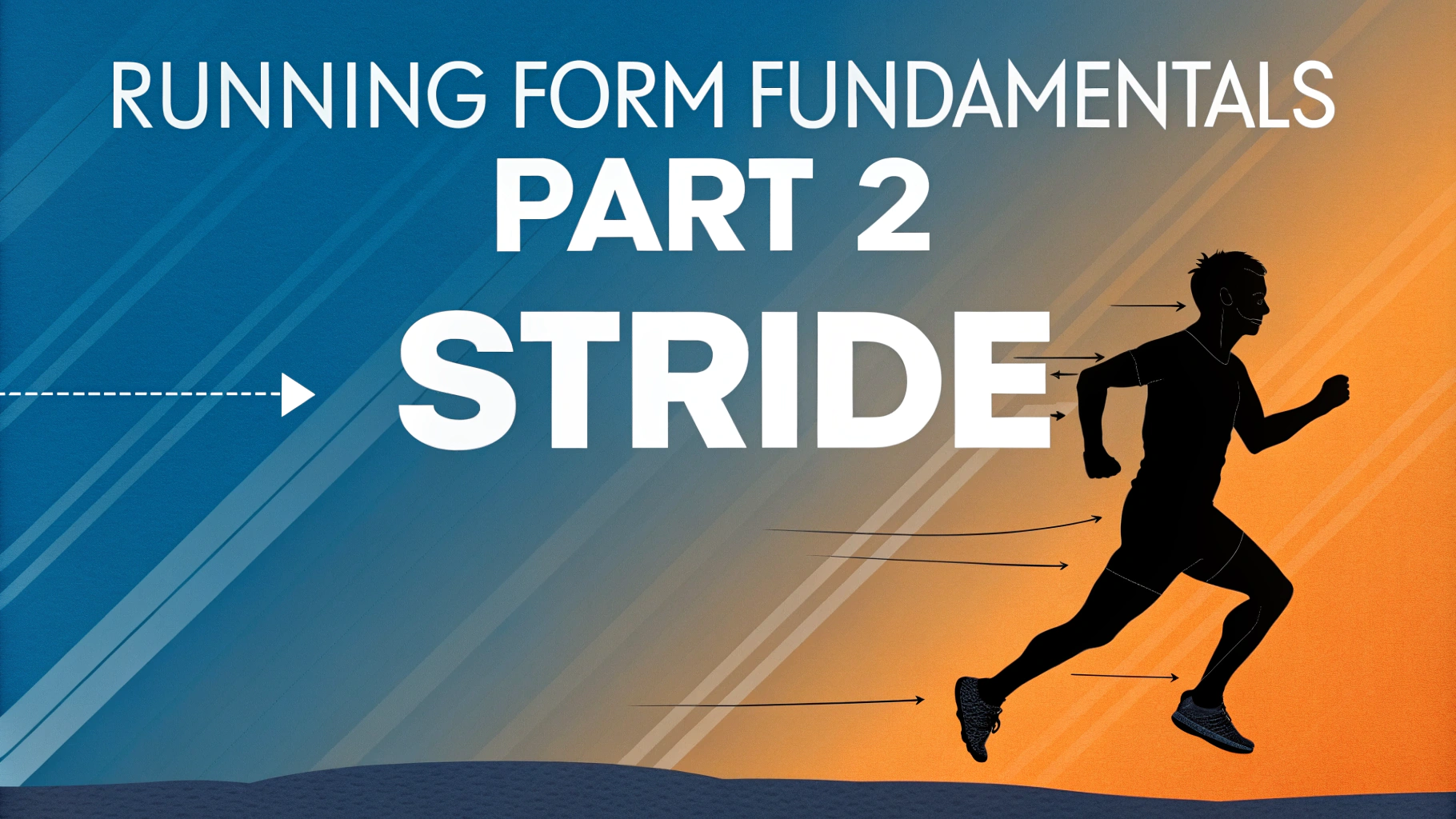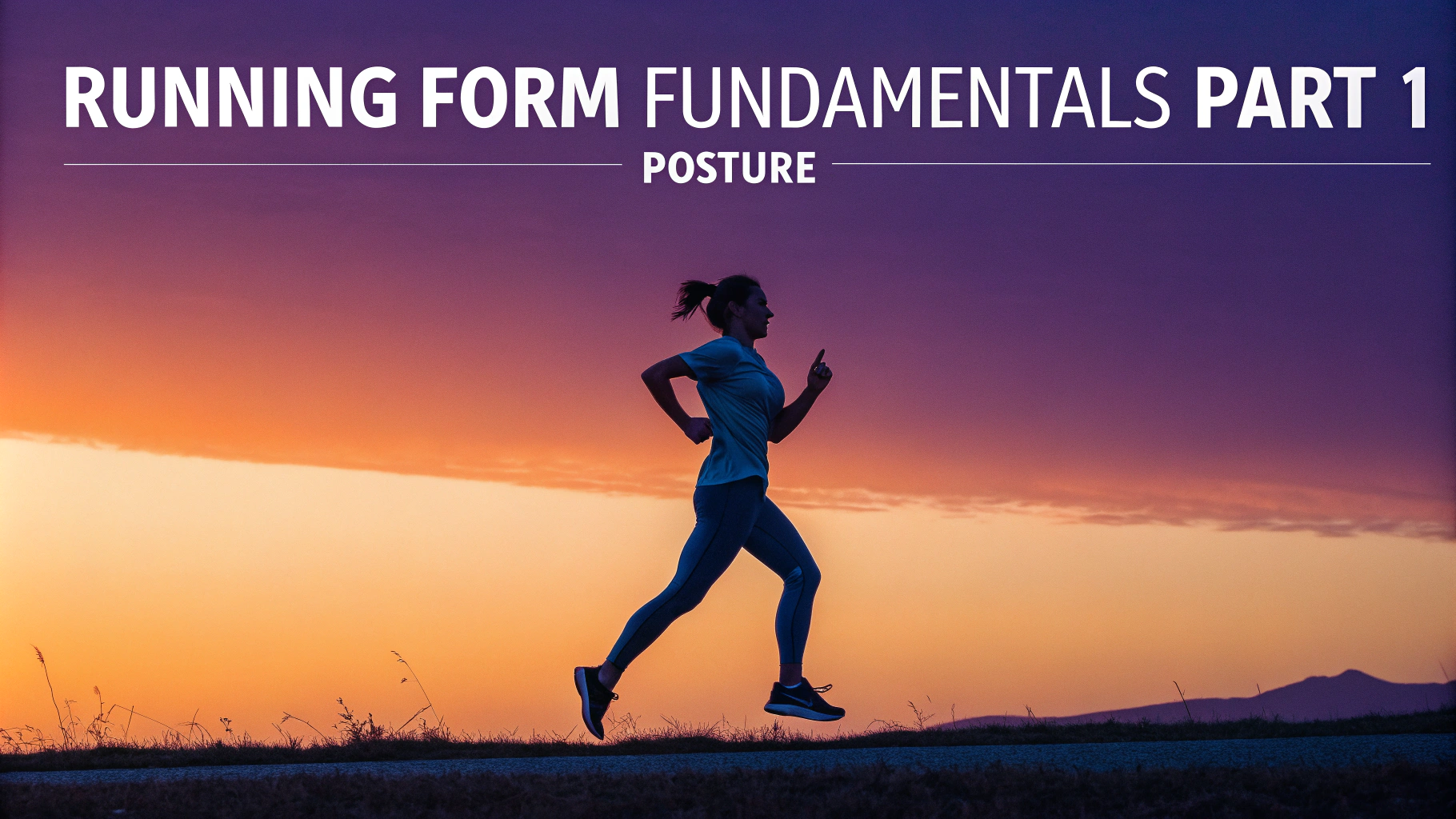Proper heel cord stretching forms the foundation of Achilles tendon health for runners.
Regular stretching of the Achilles tendon helps prevent common running injuries and improves overall performance.
Essential Heel Cord Stretches
- Wall Stretch: Stand facing a wall, place hands on wall, step one foot back, keep back leg straight and lean forward until you feel stretch in calf
- Stair Drop: Stand on edge of step with heels hanging off, slowly lower heels below step level
- Seated Towel Stretch: Sit with legs extended, loop towel around balls of feet, gently pull towel towards you
Stretching Guidelines
- Hold each stretch for 30 seconds
- Repeat 3 times per side
- Stretch when muscles are warm
- Never bounce during stretches
Warning Signs of Achilles Issues
- Morning stiffness in heel area
- Pain that increases with activity
- Thickening of the tendon
- Difficulty pointing toes
If you experience persistent pain, contact a sports medicine physician or physical therapist for evaluation.
Prevention Tips
- Gradually increase running distance (no more than 10% per week)
- Wear properly fitted running shoes
- Replace shoes every 400-500 miles
- Include rest days between runs
Recommended Products
| Item | Purpose |
|---|---|
| Foam roller | Calf muscle release |
| Compression sleeves | Blood flow support |
| Night splint | Overnight stretching |
For professional guidance, contact the American Physical Therapy Association at 800-999-2782 or visit www.apta.org to find a specialist near you.
Treatment Options
- R.I.C.E. protocol (Rest, Ice, Compression, Elevation)
- Physical therapy exercises
- Ultrasound therapy
- Manual soft tissue mobilization
Home Remedies
- Ice massage for 10-15 minutes
- Cross-friction massage
- Gentle heel raises
- Anti-inflammatory medications (as directed)
Recovery Timeline
- Mild strain: 2-3 weeks
- Moderate injury: 4-6 weeks
- Severe cases: 3-6 months
- Post-surgery: 6-12 months
Return to Running Protocol
- Start with walking program
- Progress to walk-run intervals
- Gradually increase running duration
- Return to previous mileage slowly
Conclusion
Maintaining Achilles tendon health requires consistent attention to proper stretching techniques, early recognition of warning signs, and appropriate preventive measures. Following these guidelines can help runners avoid serious injury and maintain long-term running health.
Remember that prevention is always better than treatment. Regular maintenance and proper form are key to avoiding Achilles tendon problems that could sideline your running routine.
FAQs
- Why are heel cord stretches important for runners?
Heel cord stretches help maintain flexibility in the Achilles tendon and calf muscles, reducing the risk of tendinitis, strains, and tears while improving running efficiency and performance. - When is the best time to perform heel cord stretches?
Perform heel cord stretches after warming up and post-run when muscles are warm. Avoid aggressive stretching when muscles are cold to prevent injury. - How long should I hold each heel cord stretch?
Hold each stretch for 15-30 seconds, repeating 2-3 times on each leg. Never bounce or force the stretch, as this can lead to injury. - What’s the proper form for a basic heel cord stretch?
Stand facing a wall, place one foot behind you with leg straight, lean forward while keeping back heel on ground and knee straight. The back leg targets the Achilles tendon and calf. - Can heel cord stretches help with existing Achilles pain?
Gentle heel cord stretches can help manage mild Achilles discomfort, but if experiencing significant pain, consult a healthcare provider before starting any stretching routine. - How often should runners perform heel cord stretches?
Perform heel cord stretches daily, especially on running days. Consistency is key for maintaining flexibility and preventing Achilles issues. - What are the signs that I’m overstretching my heel cords?
Sharp pain, burning sensation, or discomfort that persists after stretching indicates overstretching. Reduce intensity and duration if these symptoms occur. - Should I do heel cord stretches on rest days?
Yes, performing gentle heel cord stretches on rest days helps maintain flexibility and supports recovery, but avoid intense stretching when muscles are tight or fatigued. - Can improper heel cord stretching lead to injury?
Yes, aggressive stretching, bouncing, or stretching cold muscles can strain or tear the Achilles tendon. Always stretch gradually and gently with proper form. - How do heel cord stretches complement other running injury prevention methods?
Heel cord stretches work alongside proper footwear, gradual training progression, and strength training to create a comprehensive injury prevention strategy for runners.










